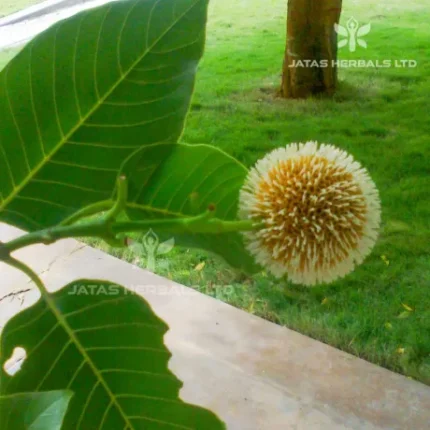Special Notes – Nandimukha is mentioned by brhat trayi for a ighant times. Caraka and susruta have described madhuli and nandimukha as coarse cereals sharing similar properties. While madhuli is identified as E. corocana Gaertn, nandimukha is considered as E. indica Gaertn. Bhavamisra mentioned three varieties viz., maha godhuma (T. sativum), madhuli (E. coracana) and nandimukha or dirgha godhuma (E.indica). Seed of nandimukha is trigonous with an oblique base. Susruta considered nandimukha as a kind of vrihi dhanya (S.S.Su.46/12).
Botanical description – This is a annual, herbaceous plant; leaves distichous, flat or folded, as long as the stem, 3-6 mm broad, linear, glabrous; spikes 2-7 or more, 5-12.5 cm long; spikelets pointing forward at an acute angle with the rachis of the spike, variable in size, 2.5-4 mm long, 3-6flowered, glabrous; frain oblong, obtusely trigonous, obliquely striate, reddish brown. It is found in the wet plains and low holls of Inida upto 6500 ft, commonly seen in pasture grounds and roadsides.
Part used – whole plant, root
Uses – Whlole plant / root is considered as sudorific (diaphoretic) and febrifuge in Cambodia; it is also used in liver disoders. In Guiana – decoction of th plant is given to children for convulsions (Kirtikar & Basu).




Reviews
There are no reviews yet.